The Devotional Cinema of Nathaniel Dorsky and Jerome Hiler
Programmed by: Hannah Yang and Jackson Zaro
"Intermittence penetrates to the very core of our being, and film vibrates in a way that is close to this core." In his book Devotional Cinema, filmmaker Nathaniel Dorsky identifies the feeling of illness or health that follows experiencing certain films, and locates as the cause a film's ability to "mirror and realign our metabolism." For example, the intermittent quality of light in film projection is not unlike our natural vision or the way we experience life (with gaps and moments of the unknown). Similarly, we watch films in a dark cinema like we watch the illuminated world "from the dark theater of our skull." Dorsky and his partner Jerome Hiler have developed this theory of cinema alongside a filmmaking practice that is equally concerned with our chemical relationship to film. Experiments with in-camera editing, spontaneity, beautifully layered superimpositions, polyvalent form, silence, and silent speed projection (at 18 frames per second) define some of their work. As Dorsky aptly describes it, the films involve humans beyond mere depiction by creating a form that has human qualities and characteristics. One gets the sense that the films are alive; watching the film turns into conversing, thinking, and breathing with the film. Focusing a sensitive attention on cinema and its unique qualities, Dorsky and Hiler have created a body of work which spans their early experiments of the 60s to new films today — films that uncover simultaneously elemental and unknown things in the world to us in breathtaking, moving ways. The nature of celluloid and the art of its presentation is deeply integrated into their work — the necessity of the cinema to these films, and these films to the cinema, lays the ground for a devotional experience.
All prints courtesy of Canyon Cinema.
Ingreen, A Fall Trip Home, Summerwind, Bagatelle II, In the Stone House (1964, 1965, 1966, 1964-2016, 2012)
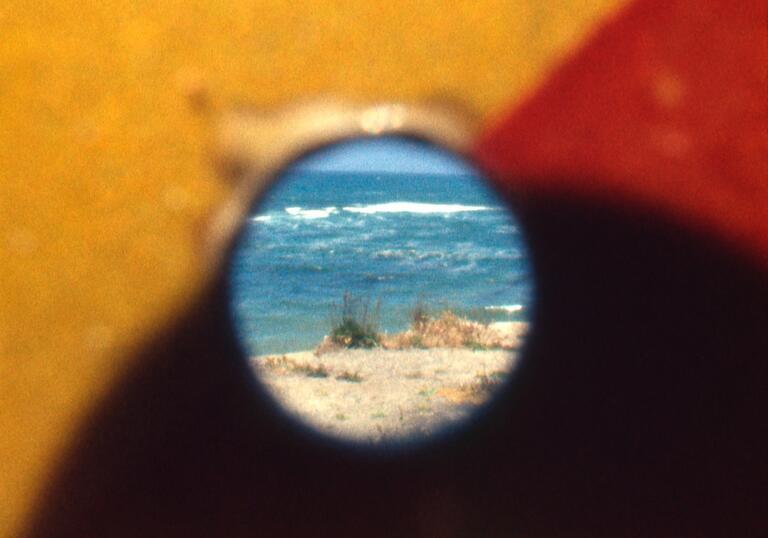
Nathaniel Dorsky, Jerome Hiler · TRT 88m · 16mm
Nathaniel Dorsky’s early films trace one’s adolescent relationship to nature, from the bewilderment with magnificent green fauna to an attempted reconciliation with the specter of the 19th century. Following their time studying film in New York, Dorsky and partner Jerome Hiler moved to the "Stone House" at Lake Owassa, NJ in 1967. Originally only shown to friends, Hiler’s home movie footage was later edited into In the Stone House.
Sunday, October 6th 8:00 PM
Hours For Jerome, Ariel, New Shores (1982, 1983, 2012)
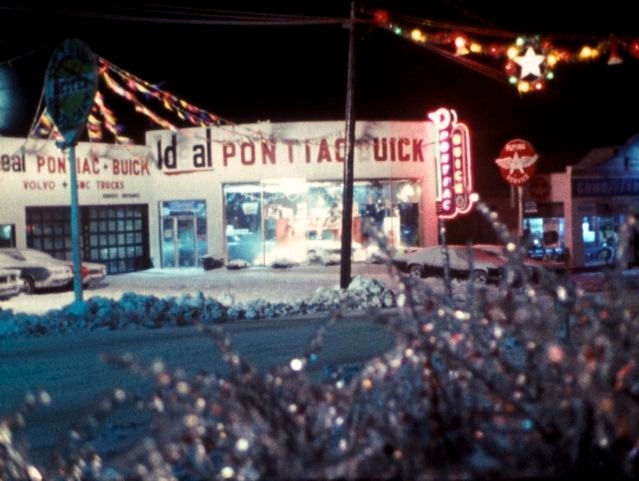
Nathaniel Dorsky, Jerome Hiler · TRT 96m · 16mm
From 1966-70 Dorsky shot film daily, resulting in an open-ended work that was later edited into Hours for Jerome, a seasonal film of exquisite composition documenting his and Hiler’s time in New York and Lake Owassa. Similarly, New Shores assembles Hiler’s footage from 1971-87 into a sublime recollection of their lives in San Francisco after leaving New York. Ariel is a physical field of color from experimentally developed expired Anscochrome stock.
Sunday, October 13th 8:00 PM
Pneuma, 17 Reasons Why, Words of Mercury (1983, 1987, 2011)
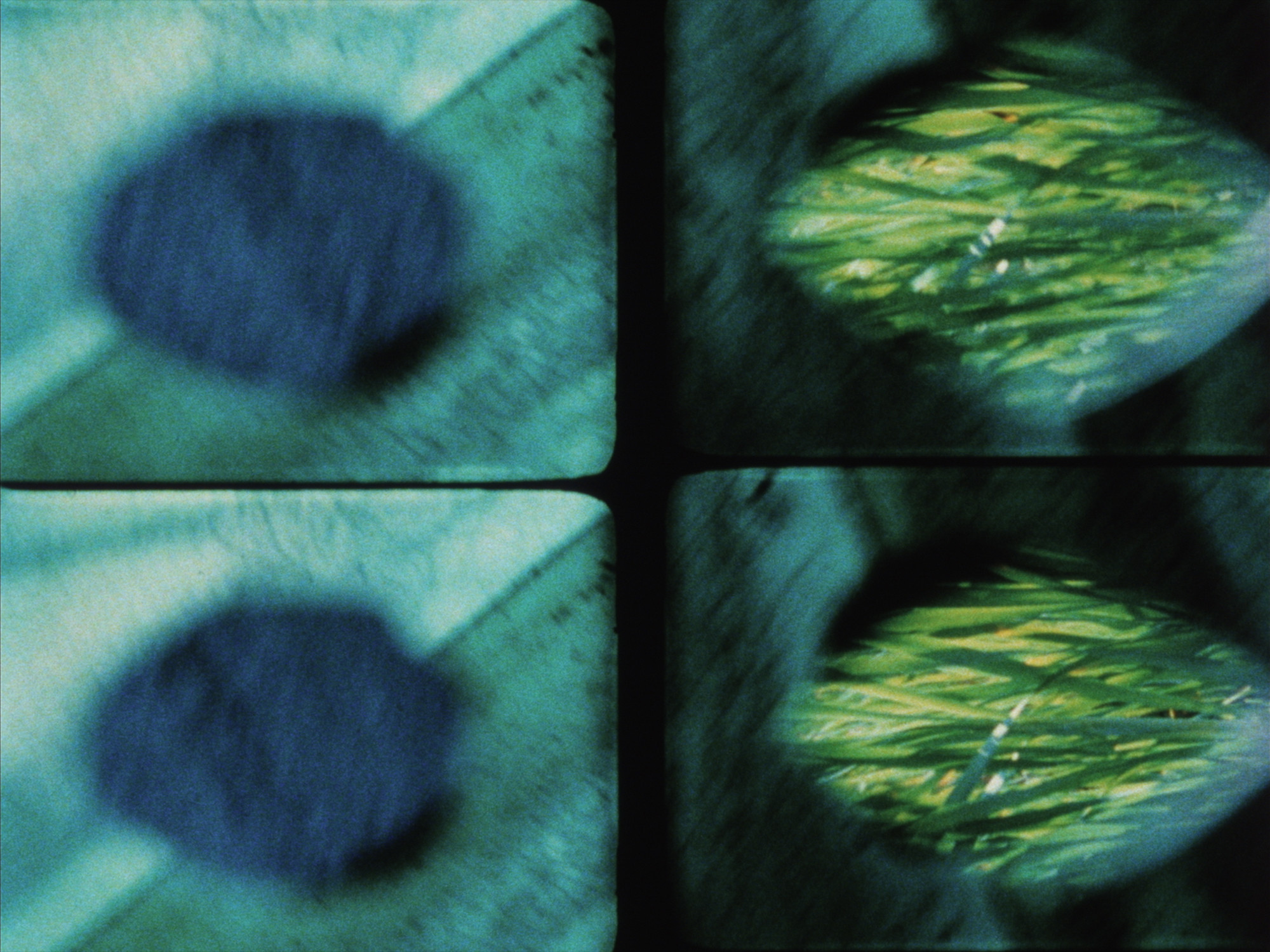
Nathaniel Dorsky, Jerome Hiler · TRT 72m · 16mm
Pneuma, made out of unexposed film stock collected from shops, is considered by Dorsky as his first "polyvalent" film — a concept of "open montage" in which all shots are arranged to "resonate" several shots later. 17 Reasons Why makes use of old regular 8 cameras and unslit 8mm film to create four frames within the projected 16mm. Words of Mercury is a stunning masterpiece of in-camera superimpostions, resulting in gorgeous, layered images.
Sunday, October 20th 8:00 PM
Triste, Variations, Alaya, Love’s Refrain (1996, 1998, 1987, 2001)
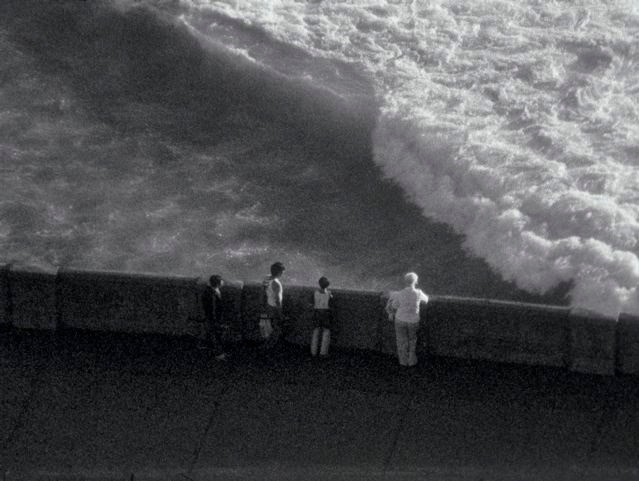
Nathaniel Dorsky · TRT 94m · 16mm
The three following films were conceived as part of four cinematic songs, the first works of Dorsky’s in San Francisco. Triste compiles footage shot from 1974-96, developing on his theory of polyvalent editing. Variations is birthed of additional footage shot in the 90s. Love’s Refrain occurs at the time when Dorsky’s artistic process intertwined editing and shooting. Alaya is a cosmological work whose beauty exists on multiple degrees of scale.
Sunday, October 27th 8:00 PM
Song and Solitude, Arbor Vitae, The Visitation, Threnody (2006, 2000, 2004, 2002)

Nathaniel Dorsky · TRT 92m · 16mm
Threnody (part of the Two Devotional Songs alongside The Visitation) was created for Stan Brakhage after his death and is one of Dorsky’s most stunning films — one that practically quivers with the intense beauty, intrigue, and life concentrated in each shot. Similarly elegaic is the darker, inward-looking Song and Solitude, which was made during the last year of Dorsky’s friend, Susan Vigil’s, life.
Sunday, November 3rd 8:00 PM
The Arboretum Cycle (2017-2018)
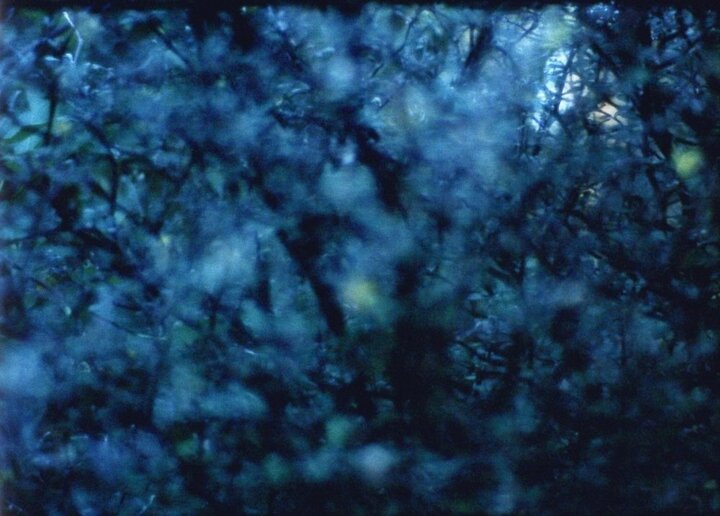
Nathaniel Dorsky · TRT 137m · 16mm
Shot at the Golden Gate Park Botanical Garden over the course of a year, The Arboretum Cycle consists of seven films examining light’s effect on the floral surfaces of the garden. The film cycle’s seasonal progression procures a form that reflects various stages of life as the floral cycle shifts from blossoming to wilting. Light shifts on illuminated surfaces as the sun shines through fog and Dorsky experimentally adjusts the aperture of his lens.
Sunday, November 10th 7:00 PM
August and After, Pastourelle, Intimations, Apricity, Colophon (2012, 2010, 2015, 2019, 2018)
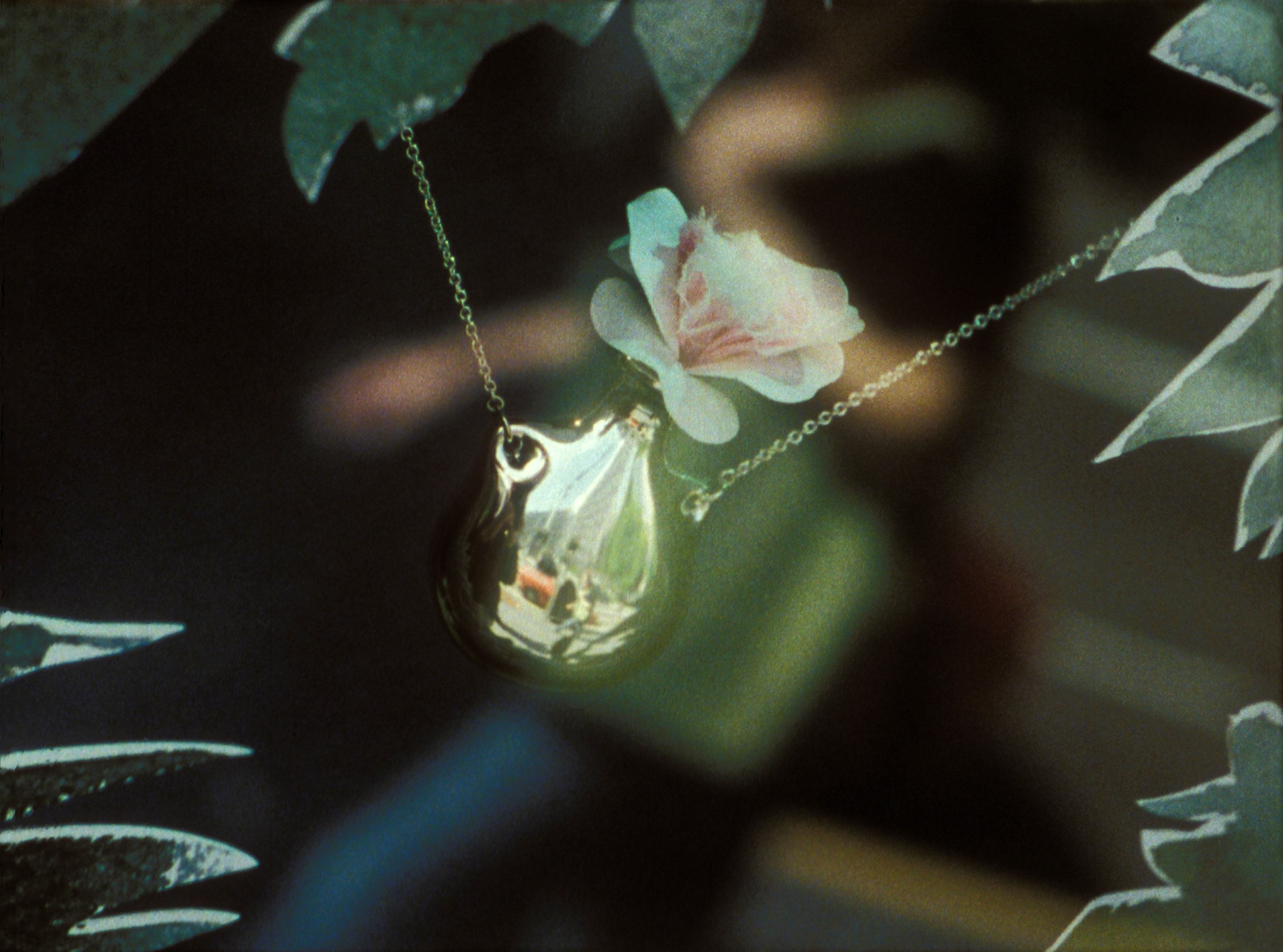
Nathaniel Dorsky · TRT 87m · 16mm
August and After is a consecration to lost friends through delicate photography. Pastourelle explores light through illuminated planes while Intimations aims to divulge the camera’s ways of seeing, with Dorsky adjusting the lens within shots. Apricity, dedicated to Jane Wodening, is an ode to the winter sun. Colophon, a coda to The Arboretum Cycle, is Dorsky’s returns to Golden Gate Park "a spring later" — a new thing after the winter.
Sunday, November 17th 8:00 PM
Sarabande / Compline / Aubade / Winter (2008, 2009, 2010, 2008)

Nathaniel Dorsky · TRT 67m · 16mm
Viewed by Dorsky as a quartet and, together, a work in and of itself, Sarabande is warm and dancelike, while Winter captures the rain-soaked season in San Francisco. In between the two, Compline is a goodbye to the Kodachrome that Dorsky had faithfully shot for years, the final nighttime devotional hour before the morning song. Aubade is the filmmaker’s first time shooting in color negative, and marks a new beginning.
Sunday, November 24th 8:00 PM
Caracole (for Izcali), Canticles, Ruling Star, Marginalia, Careless Passage (2023, 2020, 2019, 2015, 2024)

Nathaniel Dorsky, Jerome Hiler · TRT 99m · 16mm
The autumnal Canticles is a goodbye to the bygone season, while Marginalia is Hiler’s contemplation on the present, with images of hand-drawn scribbles fading into forests and filmic scratches lighting up the frame. A look forward to newer works includes Caracole (for Izcari), part of Dorsky’s recent cinematic portraits of young collaborators and friends, and Ruling Star, Hiler’s first film with negative stock, prompting a new way of filmmaking.






